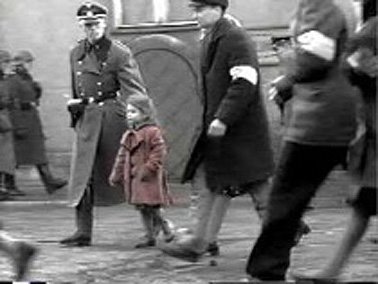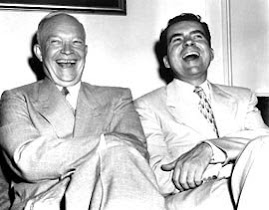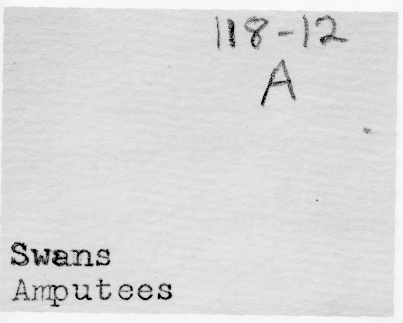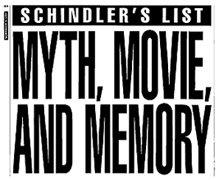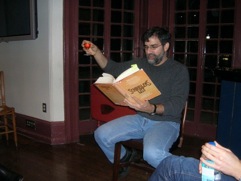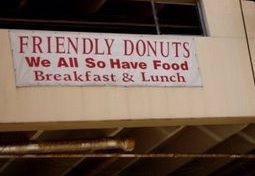 Still in an online discussion with a few dozen adults, talking about season 3 of Hill Street Blues, 1983. We just watched episode 14, "Moon over Uranus," one of my favorites. (Watch it here.) Peter Wolk, the attorney and screenwriter, is in the group, and here is something he wrote us last night:
Still in an online discussion with a few dozen adults, talking about season 3 of Hill Street Blues, 1983. We just watched episode 14, "Moon over Uranus," one of my favorites. (Watch it here.) Peter Wolk, the attorney and screenwriter, is in the group, and here is something he wrote us last night:A couple random thoughts. It's amazing how much is going on in each episode. A typical hour-long drama today has an A story, a B story, and maybe a C story that's more comedic. [David] Milch is giving us A through G stories. One advantage he has is that the show runs 49+ minutes. An episode of Monk in 2009 is 42+ minutes.
My response is not profound by any stretch, but gave me a chance to express my admiration for an experiment in television-show narrative (a tight set of rules there, to be sure!) that today seems easy but in '83 was hard to get past the network ratings worry-warts:
You are right that Milch gives us stories A through G. And maybe H. One of us should count them all up. Someone years ago tracked them all across a season, charting which were maintained across episodes and for how long, which died out in a single episode, etc.
I believe it was in the very first show of the series, ep. 1 season 1, that two characters whom we immediately knew would be mainstays, Hill and Renko, were shot and presumably killed about halfway through the episode.** This was much commented-upon at the time. What a disruption of TV conventions! Introduce two characters and then kill them off, and not even at the end of the individual episode, let alone the end of a season! Threw us all way off, and we knew right then that we had to pay attention to our expectations and be prepared for them to be violated.
The formal/structural violations of course mirror the crazy frenetic anything-can-happen early 80s urban reality being depicted. For me, as a longtime TV watcher whose favorite subgenre was the one-hour 9 PM or 10 PM drama series, this was the first time I truly experienced that form/content jibe.
Helter-skelter reality --> handheld camera, ensemble cast, crazy audio techniques, random elimination of characters, many plots going at once.
** Episode was entitled "Hill Street Station" and aired 1/15/81. Official plot summary is: "A hostage situation arises in Captain Furillo's precinct. Public defender Joyce Davenport is looking for her client, lost due to bureaucratic mismanagement. Officers Hill and Renko are shot in the line of duty." The episode was awarded an Edgar for Best Teleplay from a Series.






 "I teach horizontally, meaning that while I might begin with a fixed idea of what I'm going to teach that day, I let it drift rhizomatically way off topic, often pulling it back when it gets too far. I rely on non-fixed materials to teach this way; the whole world is at my fingertips. Should I go off on a tangent about John and Rauschenberg and their love relationship as expressed in Rauschenberg's bed, an image of that bed is always a click away. From there, we can head anywhere into the non-fixed universe, be it film, text or sound. And of course, that always takes us elsewhere. As Cage says, 'We are getting nowhere fast.'"
"I teach horizontally, meaning that while I might begin with a fixed idea of what I'm going to teach that day, I let it drift rhizomatically way off topic, often pulling it back when it gets too far. I rely on non-fixed materials to teach this way; the whole world is at my fingertips. Should I go off on a tangent about John and Rauschenberg and their love relationship as expressed in Rauschenberg's bed, an image of that bed is always a click away. From there, we can head anywhere into the non-fixed universe, be it film, text or sound. And of course, that always takes us elsewhere. As Cage says, 'We are getting nowhere fast.'" 

 that anyone has yet got the imaginative measure of that terrifying day six years ago. Certainly our Tolstoy has not crawled out of the rubble. The closest we have, Don DeLillo, succeeded as an essayist-journalist ("In the Ruins of the Future: Reflections on Terror and Loss in the Shadow of September,” Harper’s, December 2001) but, to my mind, failed as a novelist ("Falling Man"). One reason, perhaps, is that the remembered emotion was instantly buried under a pile of cultural junk.' - Tod Gitlin in his review of Susan Faludi's The Terror Dream (written for
that anyone has yet got the imaginative measure of that terrifying day six years ago. Certainly our Tolstoy has not crawled out of the rubble. The closest we have, Don DeLillo, succeeded as an essayist-journalist ("In the Ruins of the Future: Reflections on Terror and Loss in the Shadow of September,” Harper’s, December 2001) but, to my mind, failed as a novelist ("Falling Man"). One reason, perhaps, is that the remembered emotion was instantly buried under a pile of cultural junk.' - Tod Gitlin in his review of Susan Faludi's The Terror Dream (written for 


